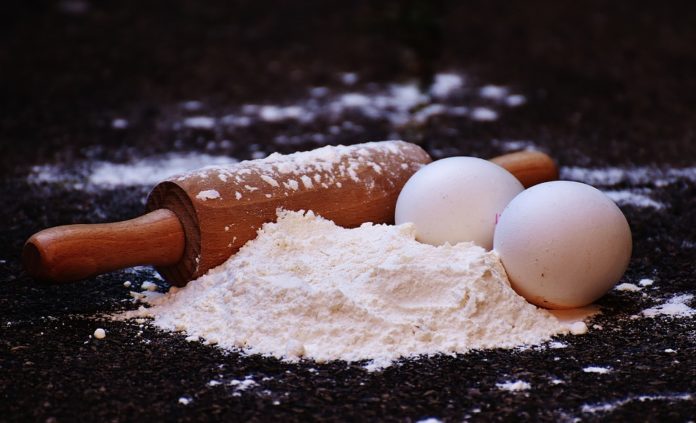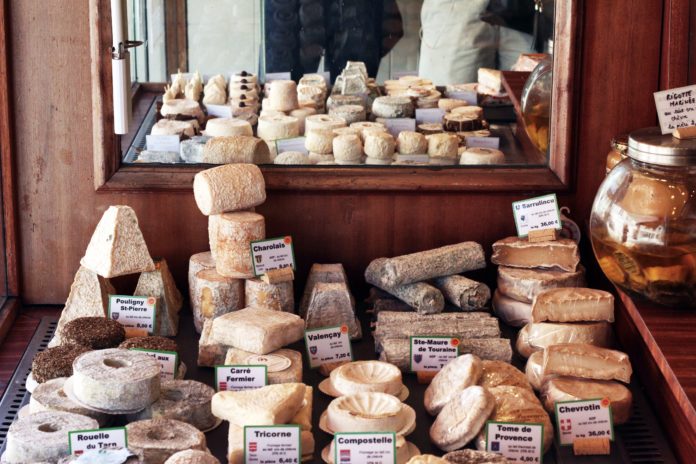Did you know that it isn’t all foods that can go in the refrigerator? Indeed, refrigeration can significantly inhibit the growth of harmful bacteria on many types of prepared and cooked foods. It is generally advisable to refrigerate food at a temperature between 35 and 38 degrees Fahrenheit (between 1 degree Celsius and 3 degree Celsius). Although refrigeration can reduce the deterioration of many types of food, it is not recommended for all edible foods in the kitchen. Colder temperatures can change the texture and taste of many foods, and sometimes even their nutritional value. Here are 35 foods that you should never put in the fridge.
1. Coffee
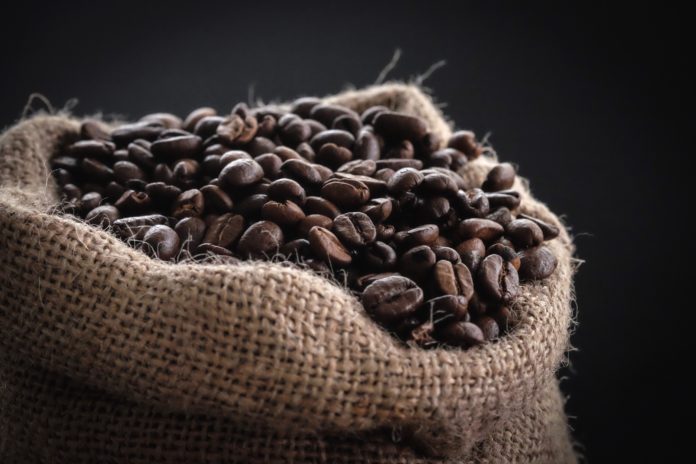
If you place your coffee in the fridge, it will absorb all the odours from all the other foods in your fridge. We know this will not be a problem for college students as a pot will not last more than a few hours.
2. Tomatoes
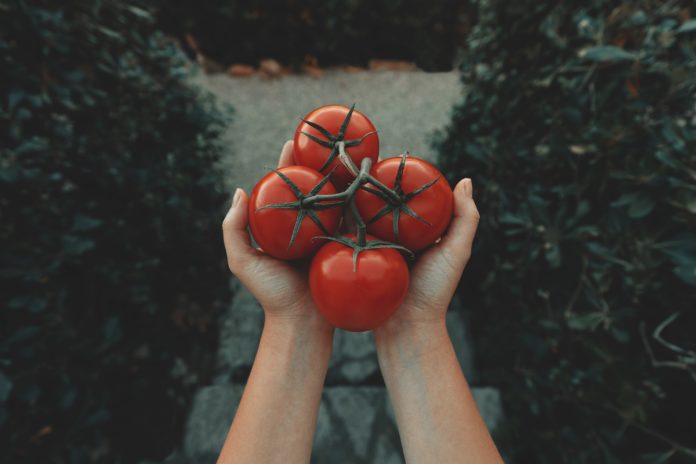
Some people claim that tomatoes out of the fridge aren’t as tasty and they are right. The cold from the fridge makes them lose their flavour. It is best to keep them at room temperature, close to the ground and far from the sun.
3. Basil
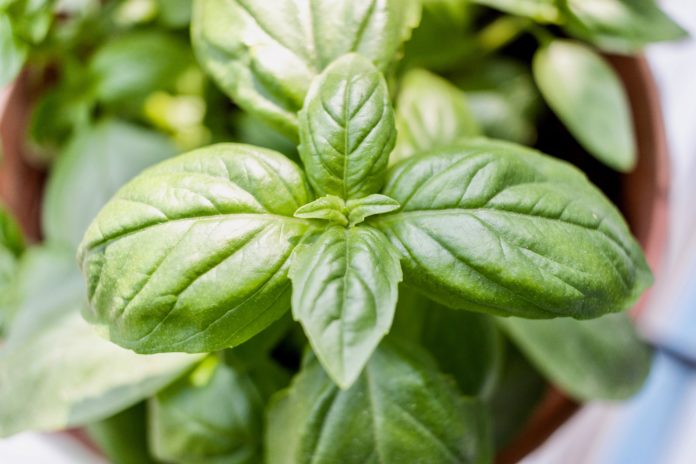
Sensitive to the cold, basil tends to release ethylene, which makes your other fruits ripen more easily, all while deteriorating its own leaves. Keep them at room temperature as they do at the market.
4. Dried beef

Even if dried beef is technically meat, most of the humidity has been eliminated. The United States Department of Agriculture declared that commercially packaged dried beef can be kept for 12 months after buying. After you open the dried beef package, you can keep it at room temperature for about a week.
5. Eggplant
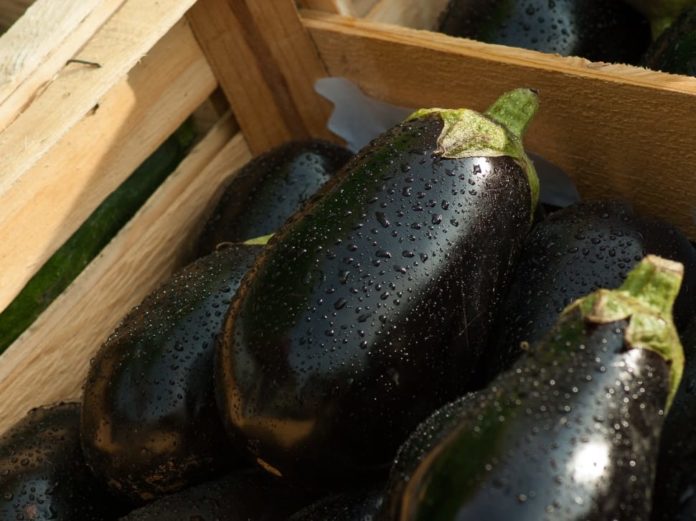
Eggplants are fruits that are really sensitive to temperatures, so keeping them for long periods in the fridge can affect them negatively. Temperatures under 50 degrees Fahrenheit (10 °C) can damage the texture as well as the taste of eggplant. This fruit must be kept at room temperature and far away from other fruit and vegetables unless you don’t mind spending money on food that will end up in the compost bin.
6. Avocados
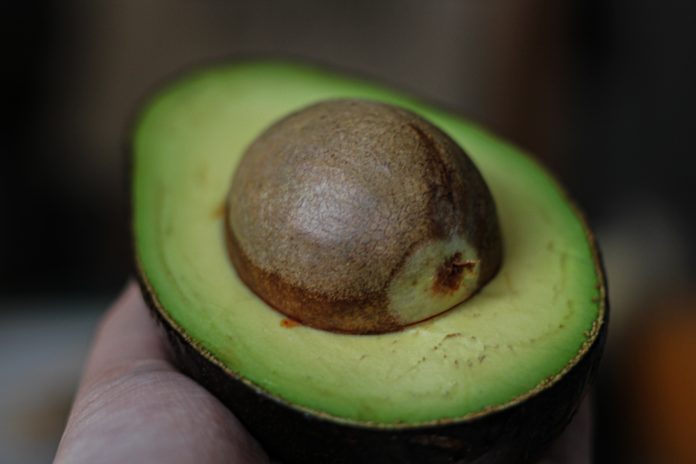
If you want your avocados to ripen so you can finally start eating them and make a dent in your avocado bank, you should leave them at room temperature, in a brown paper bag that you leave open.
7. Onions
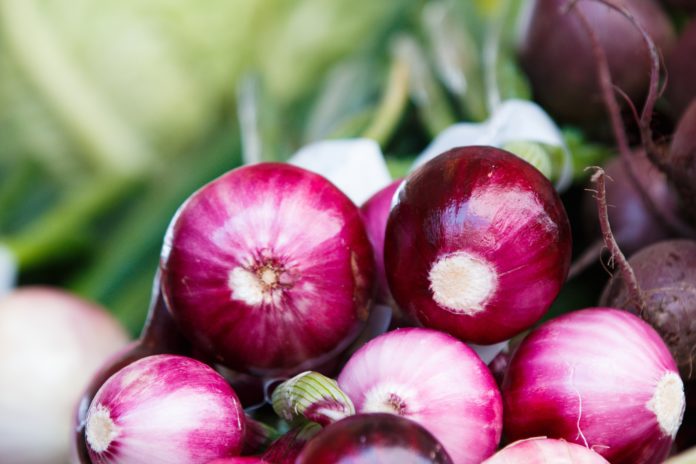
Placing onions in the fridge, the smell will transfer to the other food items. It is best to keep them in your pantry.
8. Garlic
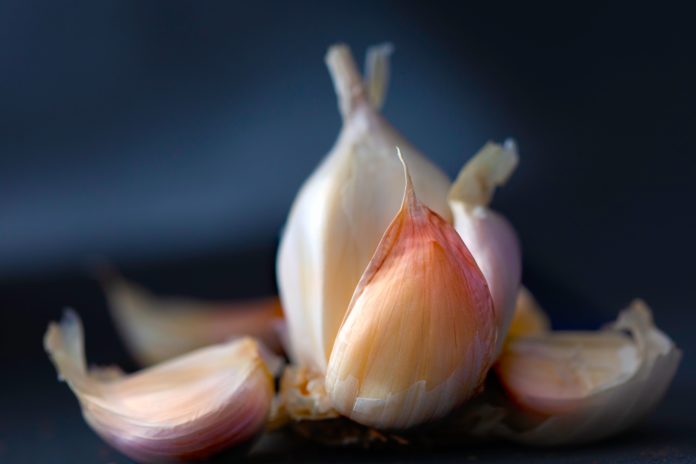
Give your garlic the best treatment and keep it in a cool and dry place. Avoid placing them in a plastic bag or a Tupperware. This will make the garlic rot and sprout rapidly.
9. Honey
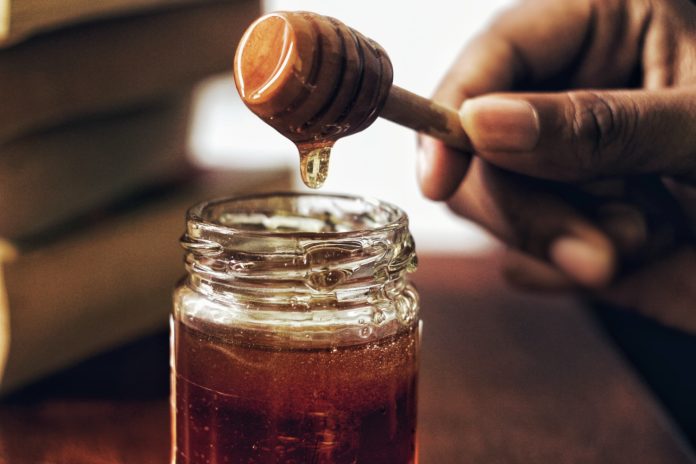
You put your honey in the fridge just like your jams and marmalades after going grocery shopping? You will probably end up with crystallized honey, which is not practical once you’re ready to consume it or cook with it. Honey preserves itself well at room temperature, just make sure the pot is closed properly.
10. Peanut butter
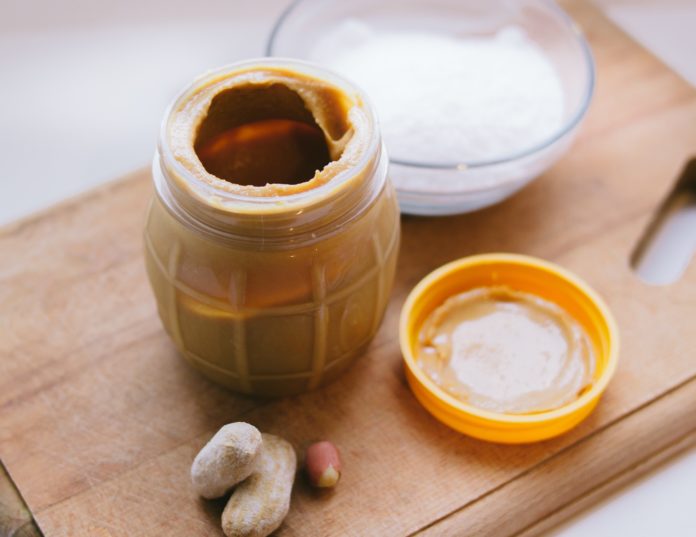
Peanut butter lasts forever, so leave it in your pantry even if you invested in a big jar. It is even better if you place it upside down to preserve its freshness or else the oil could rise to the top after a while.
11. Ketchup
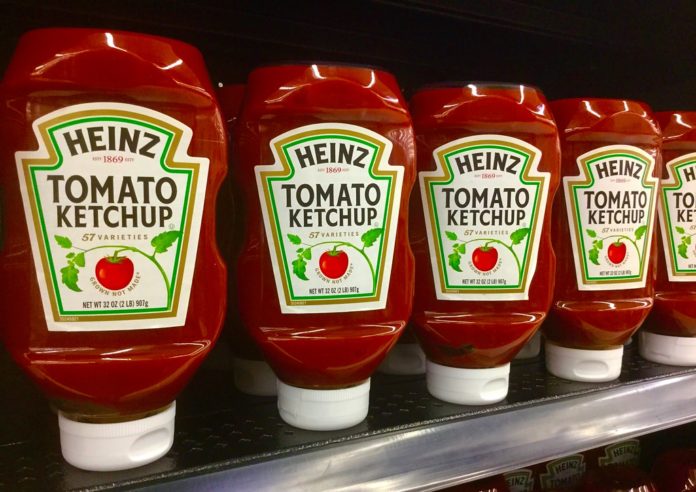
Even though most ketchup bottles packages claim that you need to leave your ketchup in the fridge after you open it, this product has enough preservatives to prevent it from spoiling without any refrigeration. Numerous restaurants keep their ketchup bottles on the tables for a long period of time.
12. Olive oil

If you keep your olive oil in the refrigerator, you should transfer it to your pantry. If you leave it in your fridge, you will end up with olive oil with a butter-like consistency.
13. Oranges

Trials showed that oranges prefer being at room temperature, just make sure they are not exposed to too much sunshine, and that they have some breathing space between them.
14. Papaya
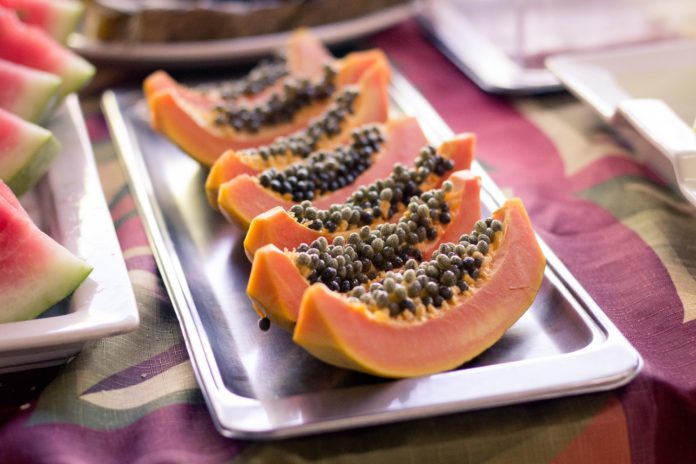
It is advised to keep papaya in your pantry or on the kitchen counter and turn it from time to time. Papaya Australia recommends buyinga banana with your papaya and keeping it in a paper bag to accelerate the maturing process if necessary.
15. Potatoes
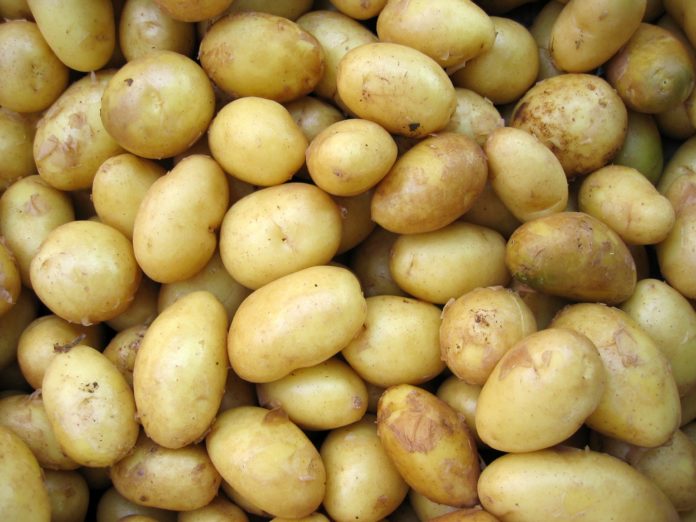
Potatoes, like onions, should be kept in a cool and ventilated place. Don’t put those foods in the fridge after going grocery shopping because the cold from the fridge converts the starch from your potatoes into sugars, which makes them taste sweeter and when you cook them their colour fades.
16. Pickles
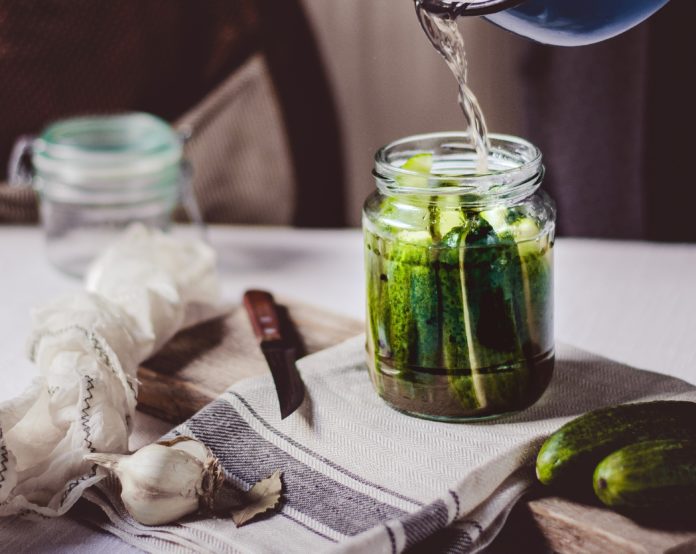
Most pickles are refrigerated, even though it is not necessary. The way in which the majority of pickles are made, as well as their high salt content, makes it useless to conserve them in the fridge. In fact, pickling is often used as a method to conserve foods. So you can add pickles to the list of foods to eat when moving into the new apartment you are renting when you haven’t received your fridge yet.
17. Pears

Some people prefer eating their fruit cold. However, cold temperatures can destroy the crunchy texture of fruits, like pears for example. They can also become soft if they stay in the fridge for too long. Keep them at room temperature and you won’t have to purchase new fruits because the other ones have gone bad.
18. Vinegar

The good thing about vinegar is that it’s self-preserving. The vinegar institute conducted a trial study that confirmed that the time of conservation of vinegar is practically everlasting. After a long period of being stocked, white vinegar won’t change. Vinaigrettes with onions, garlic, or herbs can need refrigeration.
19. Donuts

Donuts can become bland or even soggy if they are kept in the fridge. They will stay fresher if they are kept at room temperature. Donuts should be eaten the day they are bought.
20. Mustard

Like ketchup, there is acid in mustard that acts as a natural preservative. Mustard can be conserved for a month in the pantry so it should not be a regular on your shopping list unless your family eats a lot of it.
21. Aged cheese
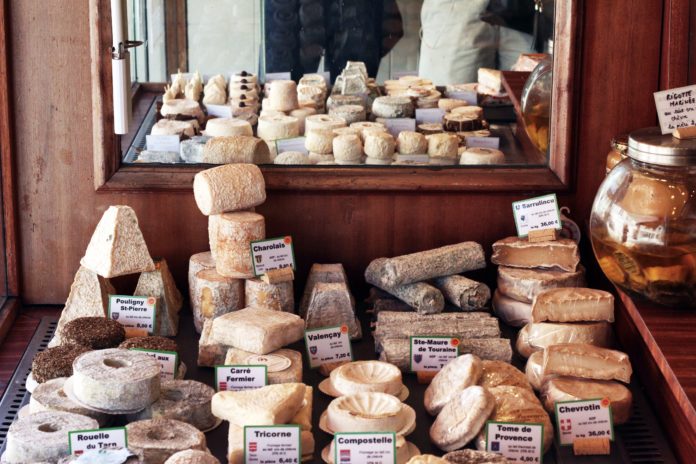
The difference between aged cheese and other types of cheese is that it’s ripe. This process usually takes 6 months. If those cheeses are put in the fridge, they have a tendency of getting very hard and can almost be described as bad treatment.
22. Canned tuna
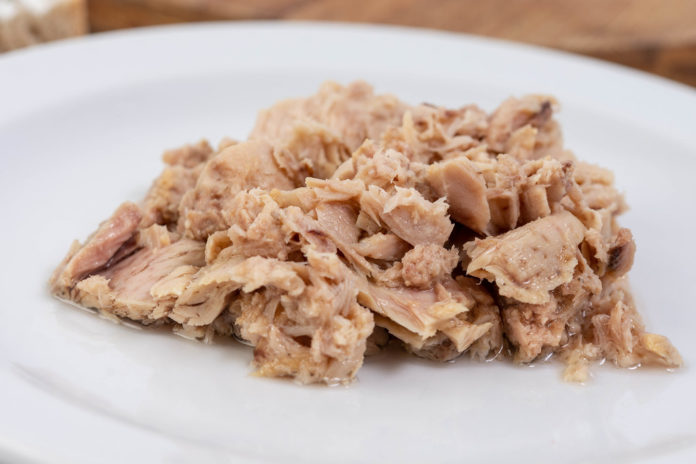
An unopened can of tuna has to be kept in the pantry. A lot of people find tuna tastes better when it is kept at room temperature. Some people even claim that if the can is kept in the fridge, the tuna will take on a metallic taste.
23. Molasses

According to B & G Foods, molasse doesn’t need to be kept in the fridge and can be eaten even many years after buying it. The combination of ingredient and the high sugar levels ensure that room temperature molasses can be kept for a long time.
24. Bananas
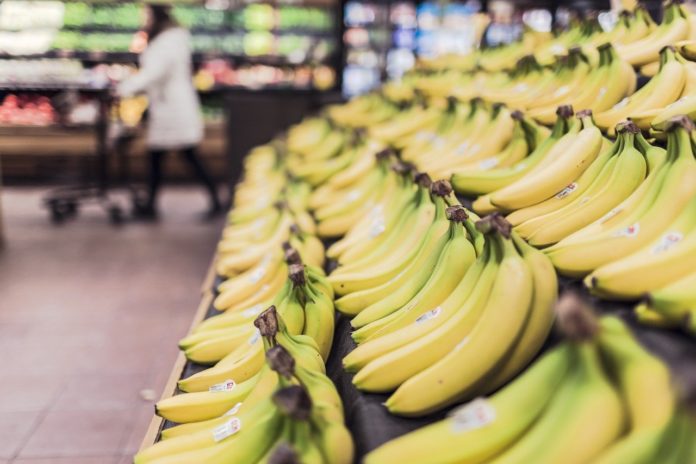
Maybe you don’t know this but bananas grow in warm countries so they are not used to cold environments. It is logical to keep them at room temperature and to avoid exposing them to too much daylight. So if you used to keep them in the sun, transfer them in a darker spot.
25. Chocolate

When it is kept in the cold, chocolate loses some of its taste. Give this special treat the best treatment and keep it at room temperature.
26. Cucumber
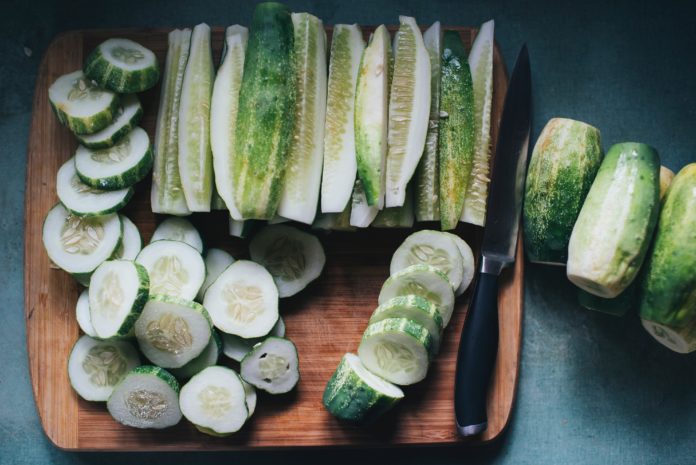
By placing your cucumber in the fridge, you risk deteriorating its taste and making it wilt. It’s better to leave it on the kitchen counter after purcahsing.
27. Cereal

Most cereals will lose their crunchy texture if they are kept in the fridge. Even though they will still be edible, they will be less crunchy. Since the whole cereal business was built on their crunchiness, it is logical that they are kept on the shelves.
28. Pumpkins

Some people might want to keep small and medium-sized pumpkins in the fridge to preserve them. A cold environment can easily damage them. Unless you want them to become a liability, they must be stocked in a dry and cool place, but not in refrigerated temperatures.
29. Watermelon

You should keep your melon at room temperature after purchasing it until you slice it. Once you’ve cut it, keep it in the fridge.
30. Apples

Placing your apples in the fridge helps them last longer, but if you are eating them all in a week or less after buying them, it is best to keep them at room temperature. It is also best to keep them far from vegetables since they release ethylene which will make them ripen faster.
31. Spices
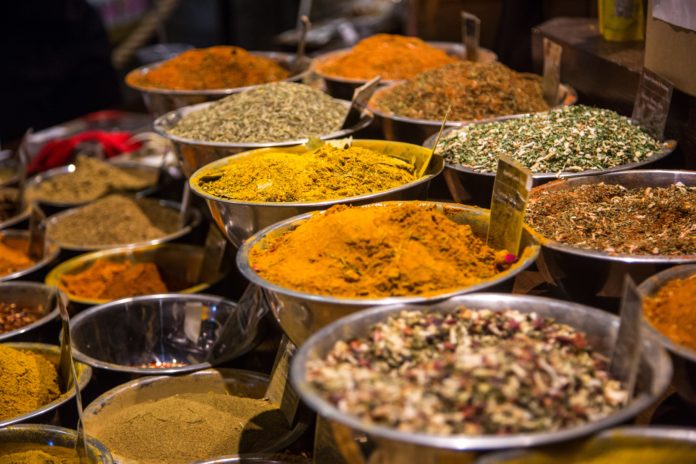
Most ground spices can be securely kept for many years in the pantry. Not only is there no advantage in stocking spices at a colder temperature, but the taste can be also affected with no way the be recovered. If a spice has been kept at room temperature for more than a year, smelling it will let you know if it’s still good: If you can’t smell the spice, it probably won’t make you sick but it won’t add much flavour to your meals.
32. Hot peppers

Keeping hot peppers in the fridge to preserve and improve their taste is a myth. The cold can reduce the crunchy texture of these vegetables. The best treatment is to keep them in a paper bag and to keep them dry.
33. Soy sauce

If you want to preserve your soya sauce’s flavour, keep it in a cool, dry place far from sunrays from the moment you buy it to the moment you finish it.































